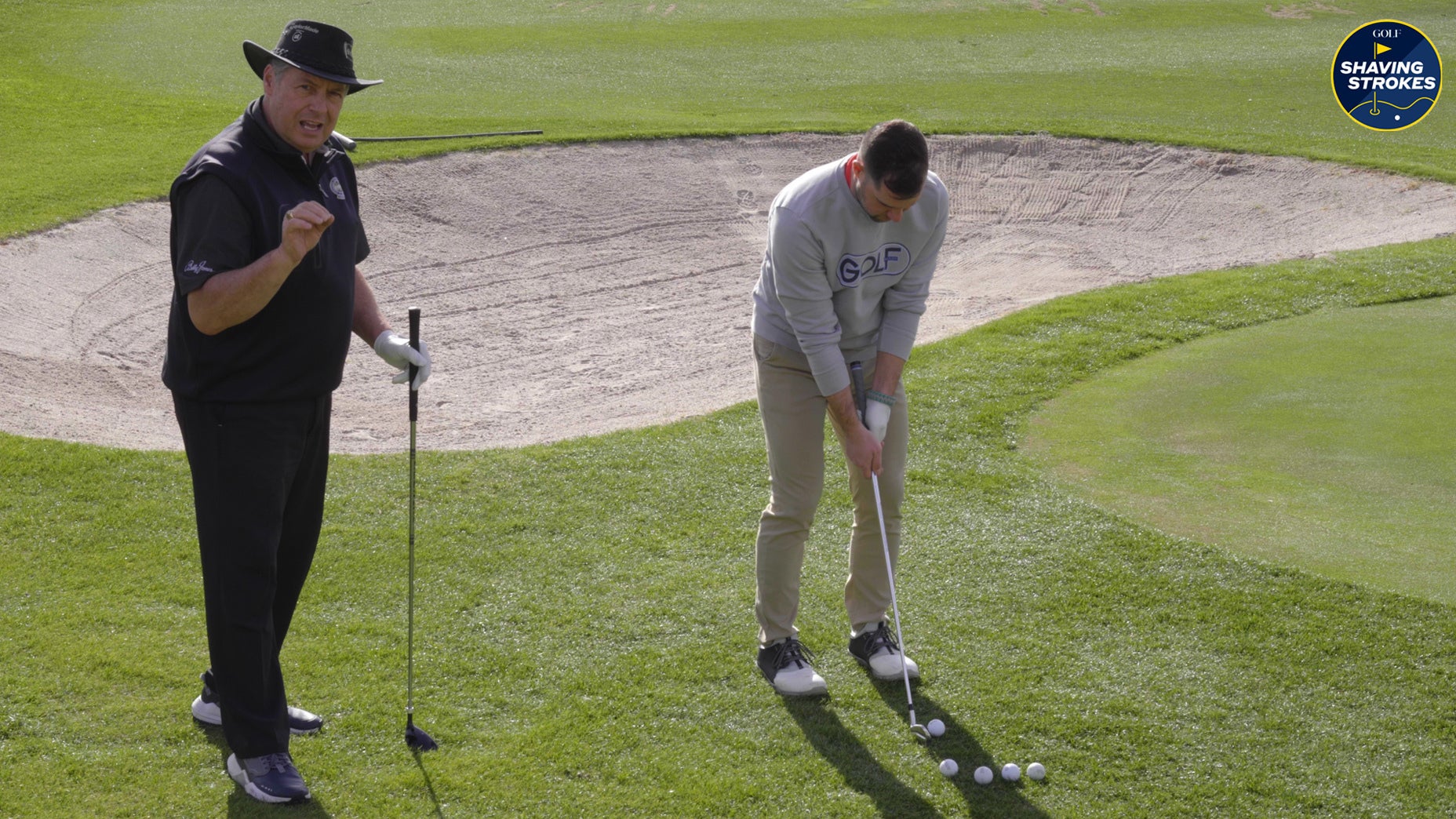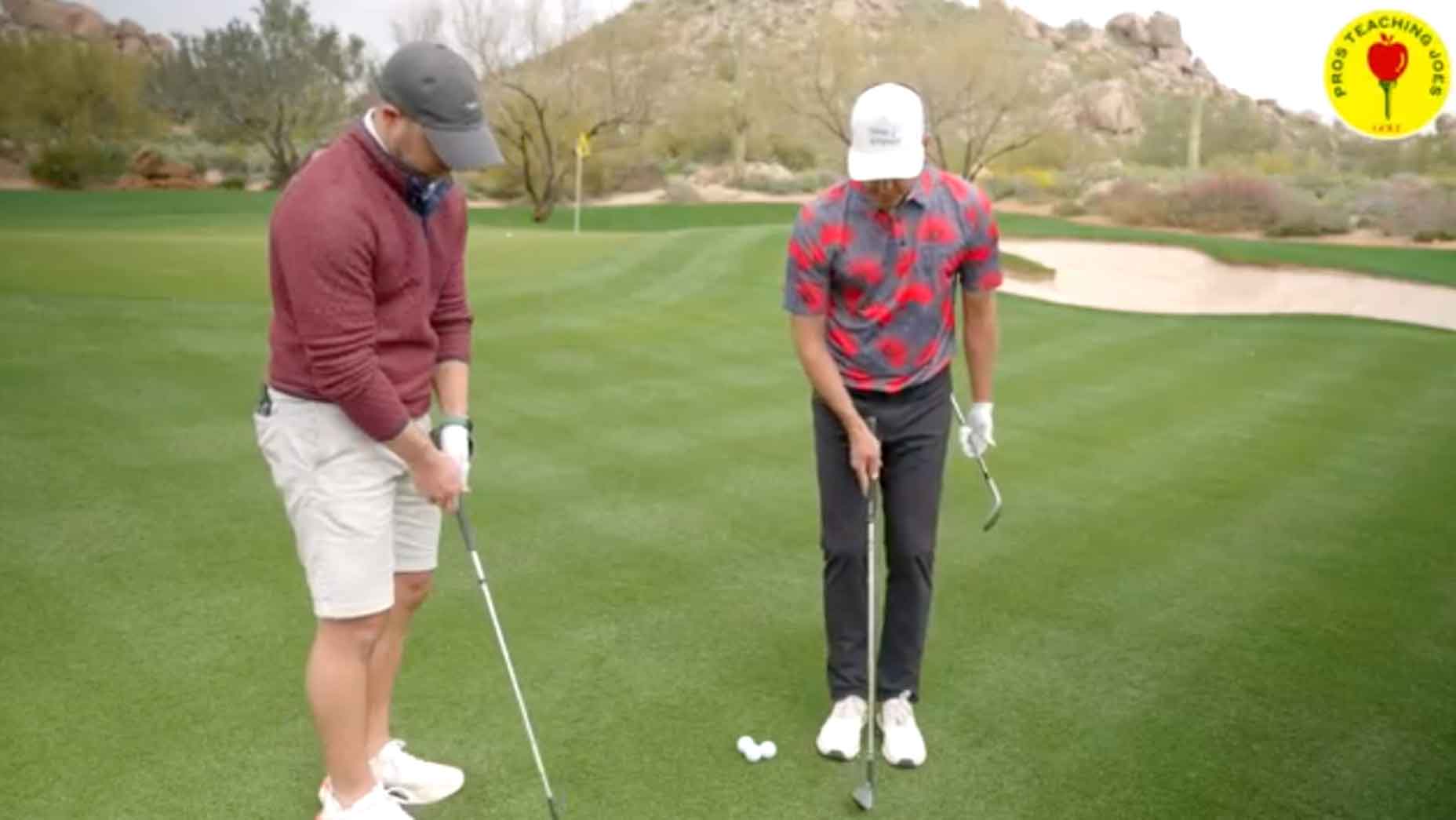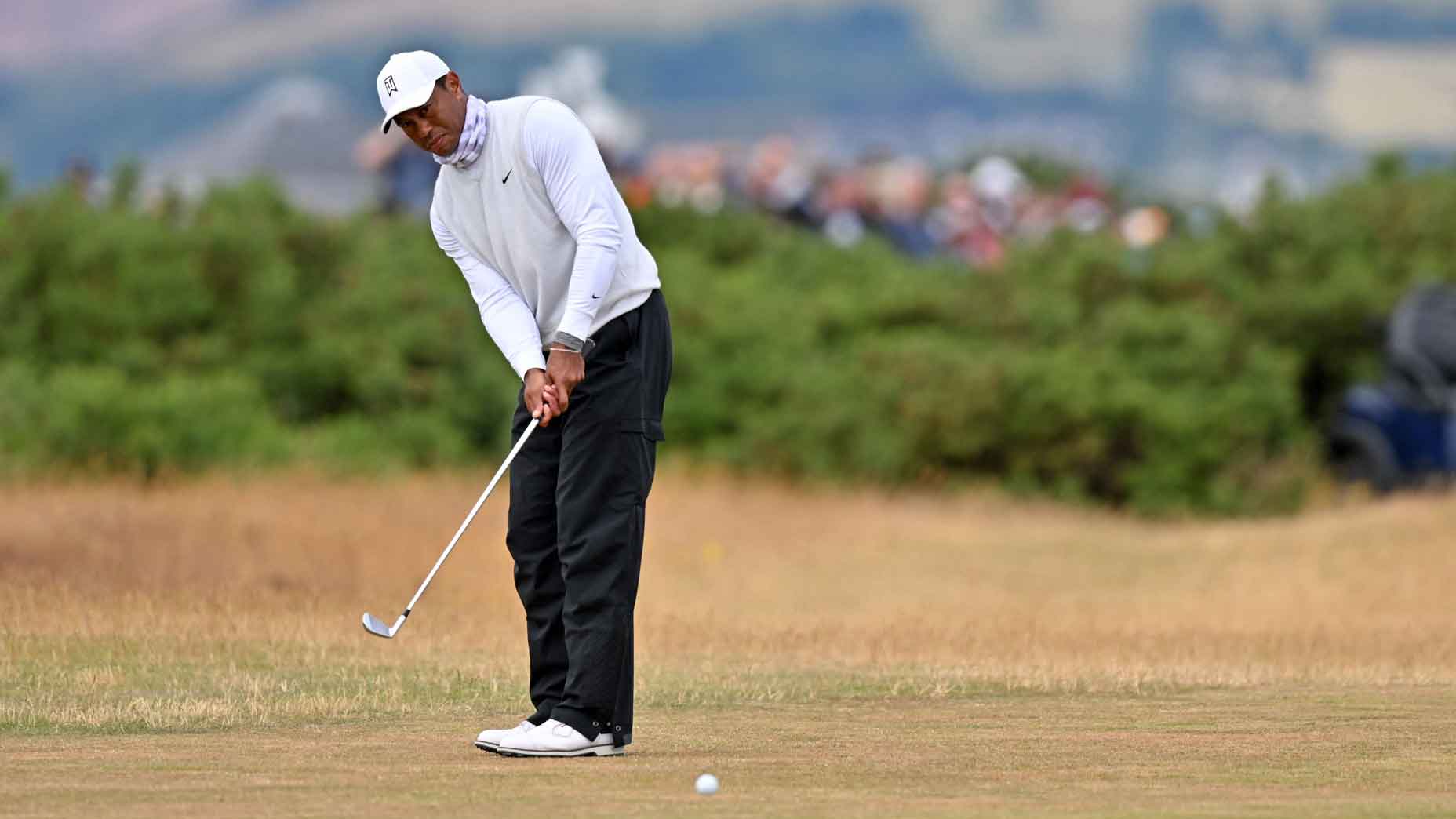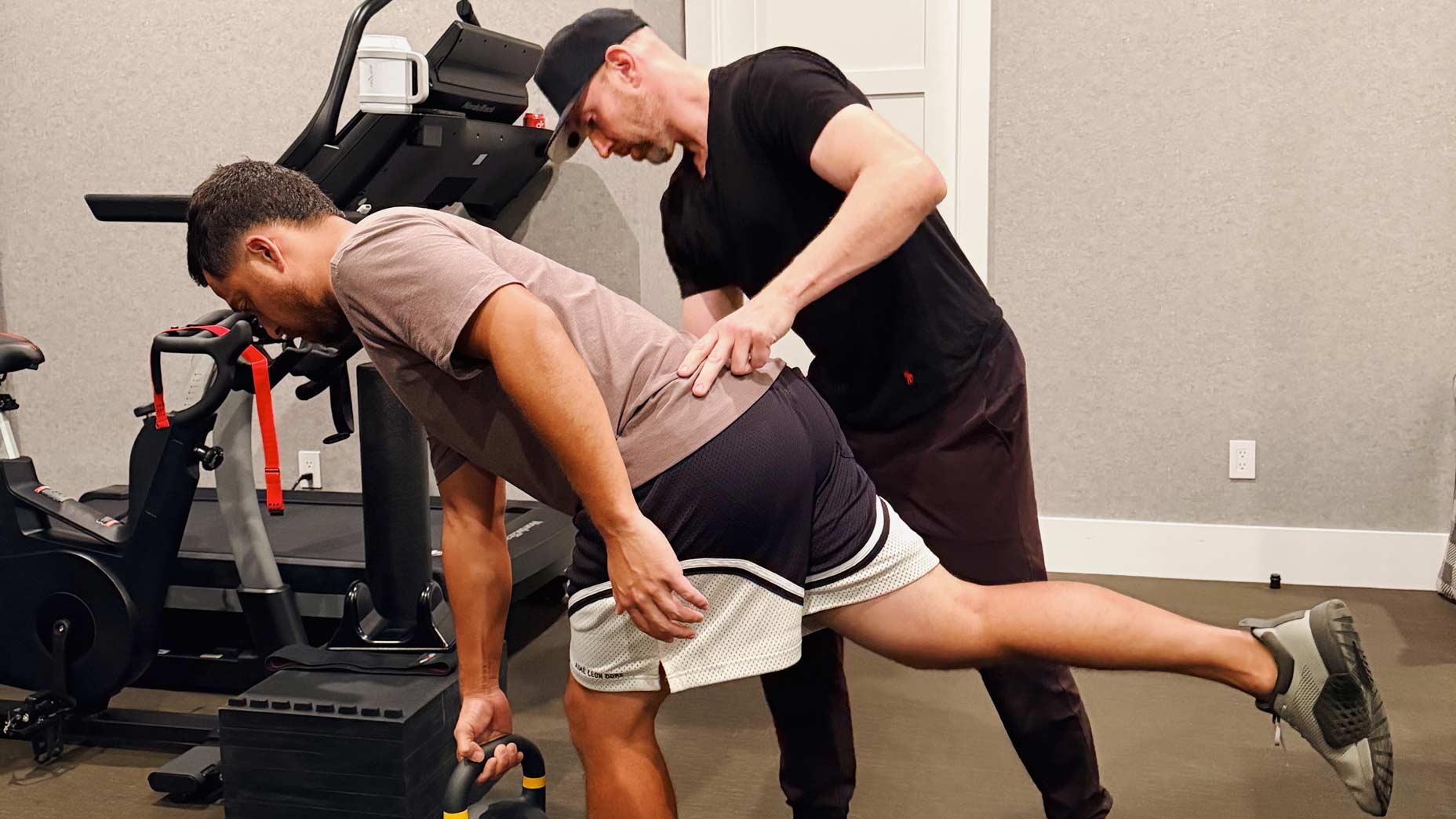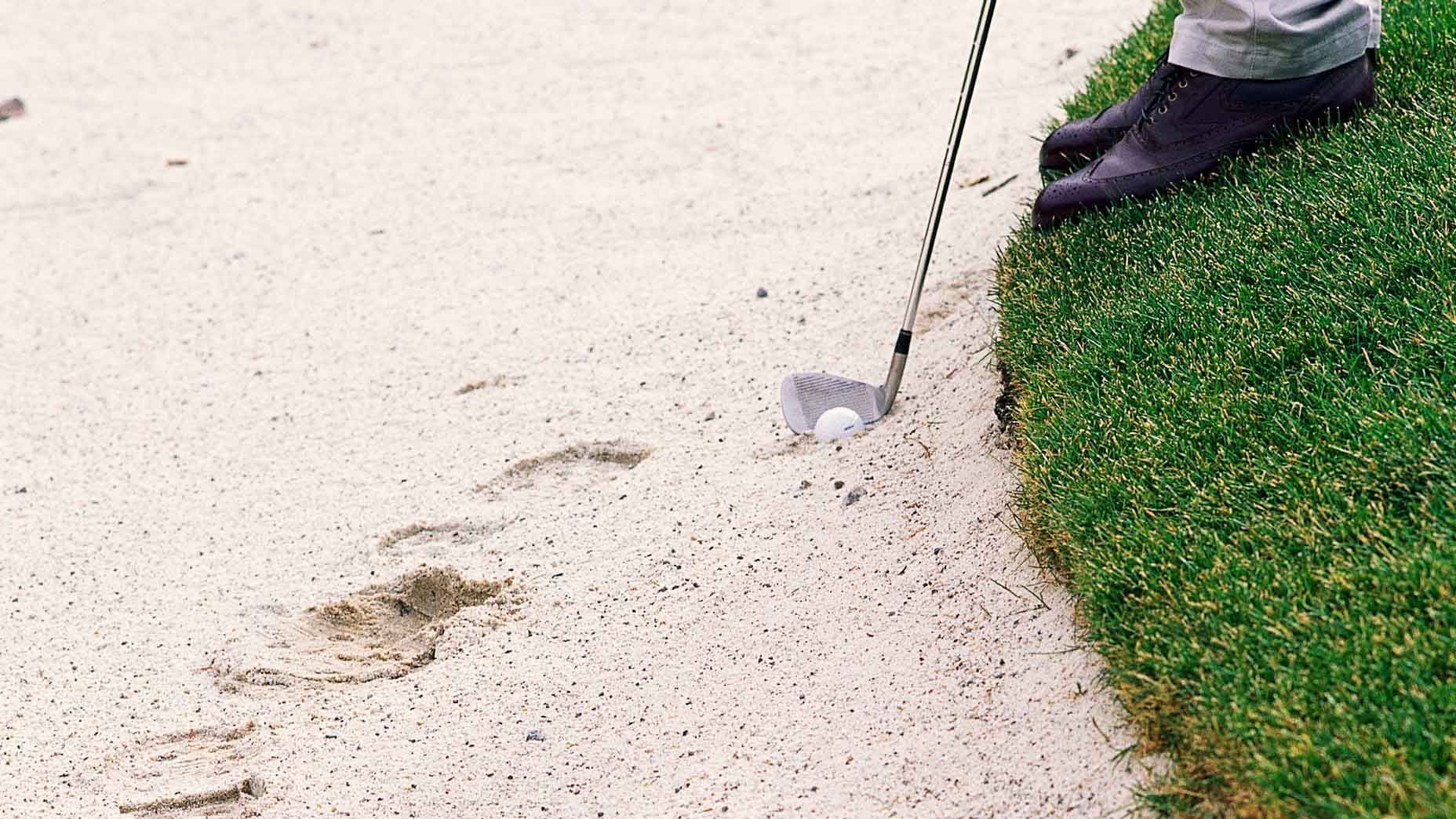Welcome to Shaving Strokes, a GOLF.com series in which we’re sharing improvements, learnings and takeaways from amateur golfers just like you — including some of the speed bumps and challenges they faced along the way.
While gaining distance off the tee is what most amateurs hope for, if you really want to shave strokes off of your game, it’s going to happen by improving your short game — and not just your putting, either.
Since most of us don’t often have the ability to hit every green in regulation, a major differentiator will be your chipping. If you’re able to get up and down, you’re going to save yourself strokes. If you can’t, well … you know what happens.
I was terrified of my 60-degree wedge — until I got this lessonBy: Nick Dimengo
But here’s a common problem when it comes to chipping: Many amateurs grab a high-lofted wedge (like a lob wedge) and hope to flop it like the pros do. I’m certainly guilty of doing that.
Unfortunately, that’s a risky shot — and only increases the odds of a mishit.
So instead of making the same bad habits and poor decisions, it might be time for a new approach. In the video below, GOLF Top 100 Teacher Lou Guzzi provides an alternative that can lead to better chip shots — and fewer strokes each round.
Use this unique approach for improved chip shots
As the video begins, I initially have a 60-degree wedge in my hand. But on a tight lie, this high loft is tricky to use — and puts more pressure on me to hit a near-perfect shot. So Guzzi offers up a suggestion instead.
“Nick is going to go chip with a 60-degree wedge; I don’t think so,” Guzzi quips. “I’ve got a little surprise behind my back. It’s an 8-iron, so we’re going to take [the 60-degree wedge] and lose it really quick.”
Next, Guzzi talks to me about hitting a chip-putt from this spot instead, explaining why it can be much more effective than using a higher-lofted wedge.
Want to tighten up your short game? Try chip-puttingBy: Jessica Marksbury , Lou Guzzi, GOLF Top 100 Teacher
“You’re going to use your putting stroke to actually hit this shot,” Guzzi tells me. “This will help keep the ball lower, since we don’t need all that spin. So it’s going to come off soft, because the grip pressure on a putt is much different than what you’d use on a chipping technique.”
He then has me take a few shots, walking through the keys to mastering the chip-putt.
“Grip down [on the 8-iron] and hold onto it just like you would your putter,” he instructs me. “This is something you have to work on, trying to get a feel for how far back and through you want to take this club, just like you would if you were working on your putting stroke.”
By utilizing the chip-putt instead of a riskier type of shot from around the green, you can use a softer touch to help keep the ball low, allowing it to roll across the green like it would on a putt. So give it a try for yourself and see why this alternative approach can help you lower your scores.
